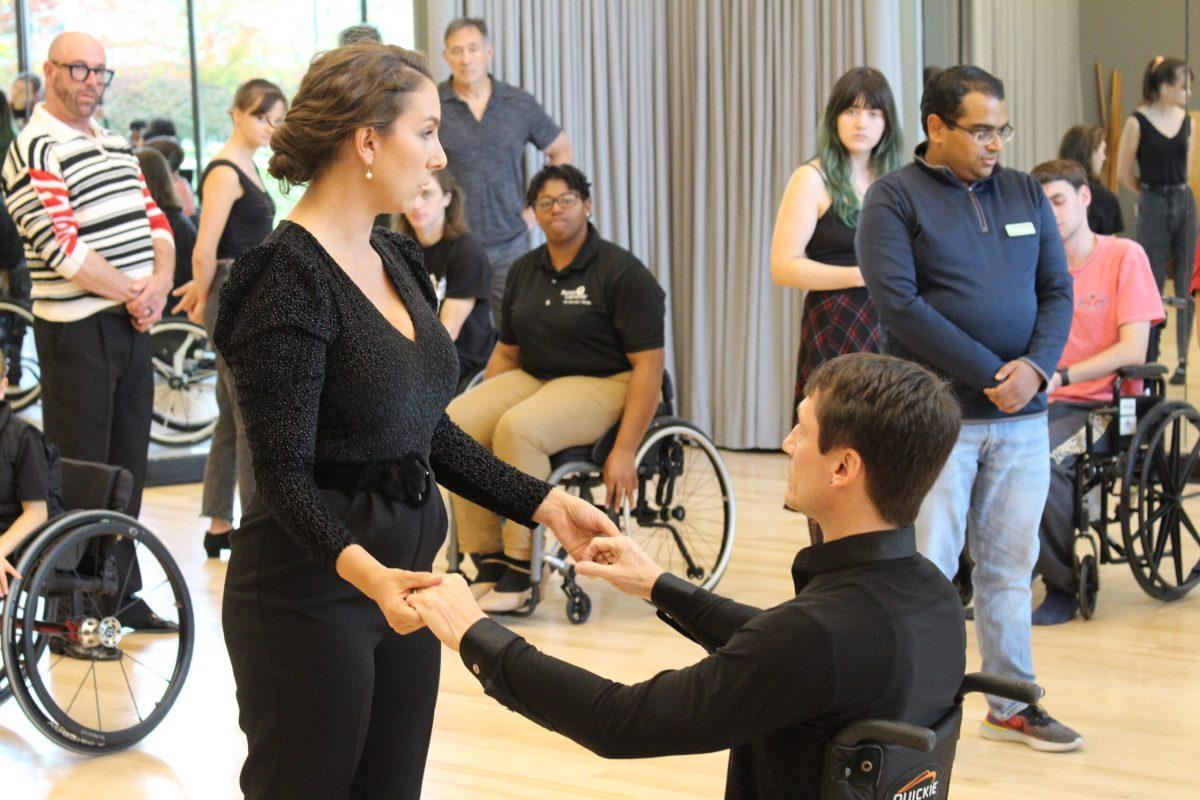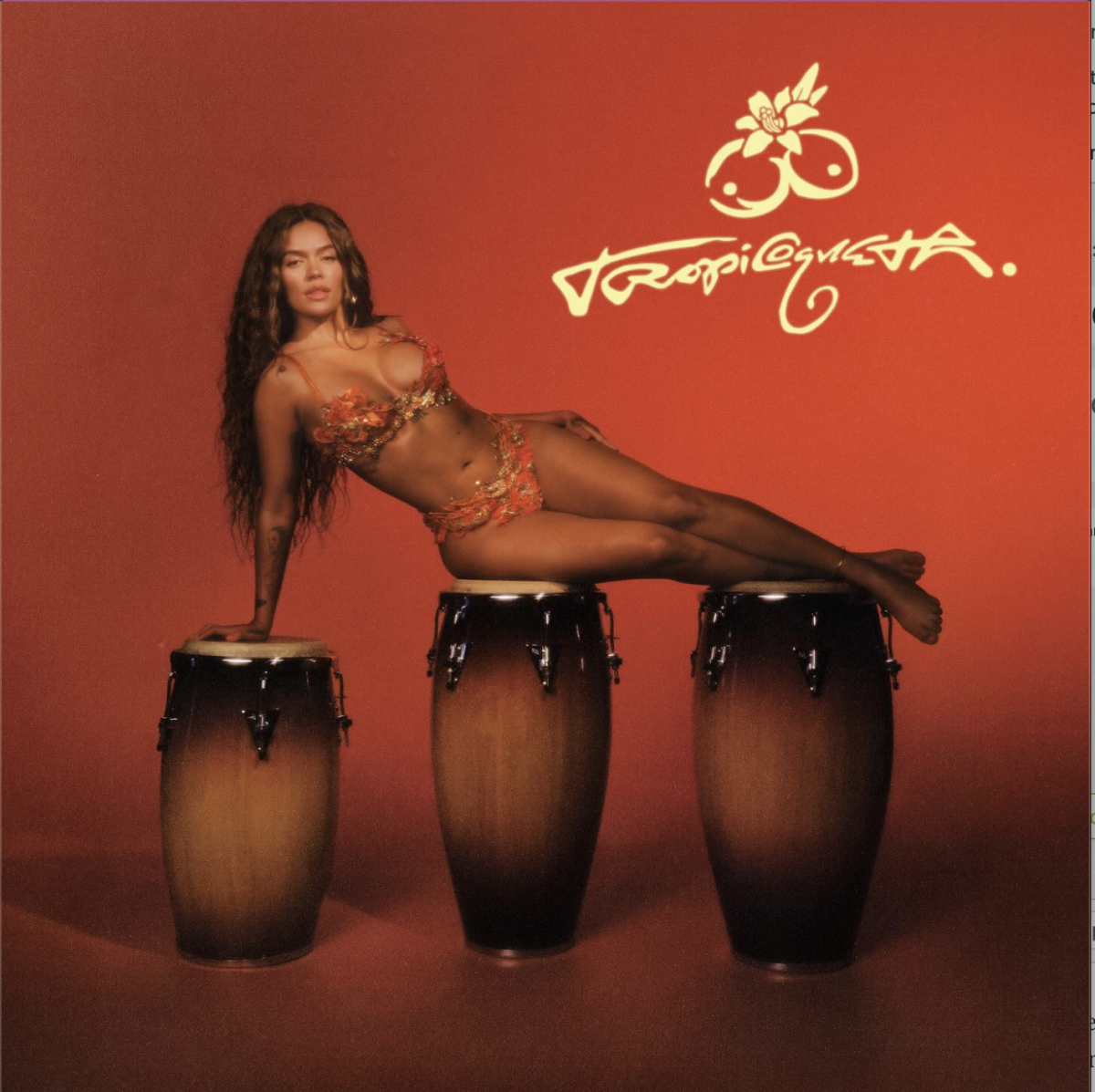The American DanceWheels Foundation showcases to the Rowan Community the art of American-Style Wheelchair Ballroom Dancing. On Oct. 17, in Rowan’s new dance studio located in Wilson Hall, The American DanceWheels Foundation hosted a dance class for Rowan students to learn how to dance with someone with an Ambulatory Disability.
The American DanceWheels Foundation members that taught that class included Executive Director Melinda Kremer, Artistic Director Aubree Marchione, and seven-time NCAA All-American gymnast Rik Daniels.
Kremer has been dancing for over twenty years along with her husband and daughter, but Kremer told her story of how a family tragedy turned into the formation of the foundation and the American style of wheelchair ballroom dancing came to be.
“It all started when my daughter who is a dancer became disabled, soon after my husband became disabled, and I stopped dancing as a whole,” said Kremer. “That all changed when we met a dancing instructor who had our daughter dance with the kids who weren’t in a wheelchair and that made me understand the art of wheelchair dancing.”
You may not be fully aware of wheelchair ballroom dancing but there is a deep and long history of the art. Wheelchair dancing first started in 1968 in Sweden, where it became popular in Europe and it is a paraplegic sport in not only Europe but Asia as well. What makes American-style wheelchair dancing different from the other forms is that it isn’t choreographed, meaning in other cultures it’s believed that someone in a wheelchair can’t dance with someone who isn’t in a wheelchair and vice versa.
Kremer realized when Paralympians would come over to America, they believed they couldn’t properly dance at her classes since they didn’t have another paraplegic to dance with. That’s when she, Marchione, and Daniels all teamed up and decided to start up their own classes to show that able-bodied people and Paraplegics can dance with one another.
For local Rowan Dance Student Eva Margaret, the event was a very eye-opening experience and one she won’t forget.
“It was a change because you’re using your arms a lot more than you’re used to and you can’t use your feet to stabilize yourself,” Margaret said, “I learned that even if you’re in a wheelchair, that can’t stop you from expressing yourself through dancing.”
Daniels succeeded in leaving a lasting impression on the students but when he looks at the bigger picture, he wants to be a source of inspiration for all people with similar conditions to his.
“When I was first born the doctors told my mom that I would never be able to sit up by myself and it would be in her best interest to have me institutionalized… What ended up happening is that I became a New York Champion Gymnast and went to the NCAA and became a seven-time All-American,” said Daniels. “What I want everyone to understand is that it’s never about whether you win, lose, or even how you play. It’s the fact that you’re given the opportunity.”
For comments/questions about this story DM us on Instagram @thewhitatrowan or email [email protected].
























































































































































!["Working with [Dr. Lynch] is always a learning experience for me. She is a treasure,” said Thomas. - Staff Writer / Kacie Scibilia](https://thewhitonline.com/wp-content/uploads/2025/04/choir-1-1200x694.jpg)









































